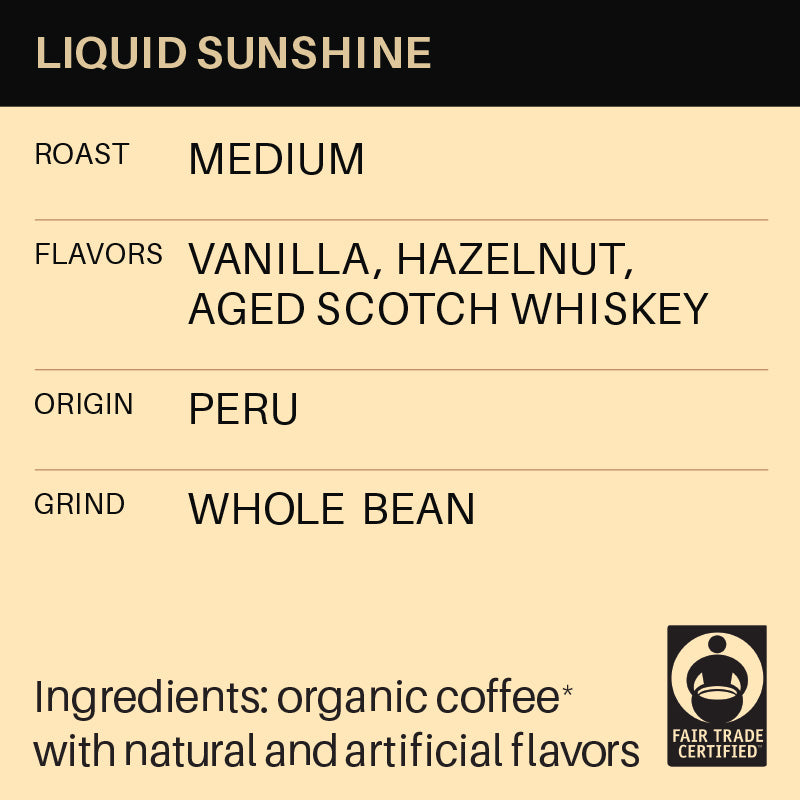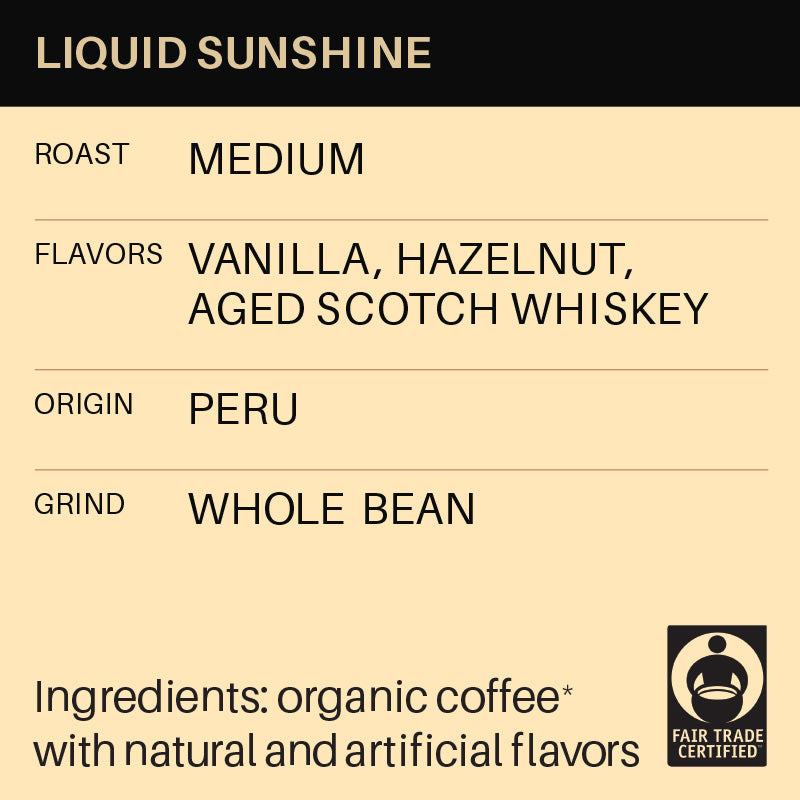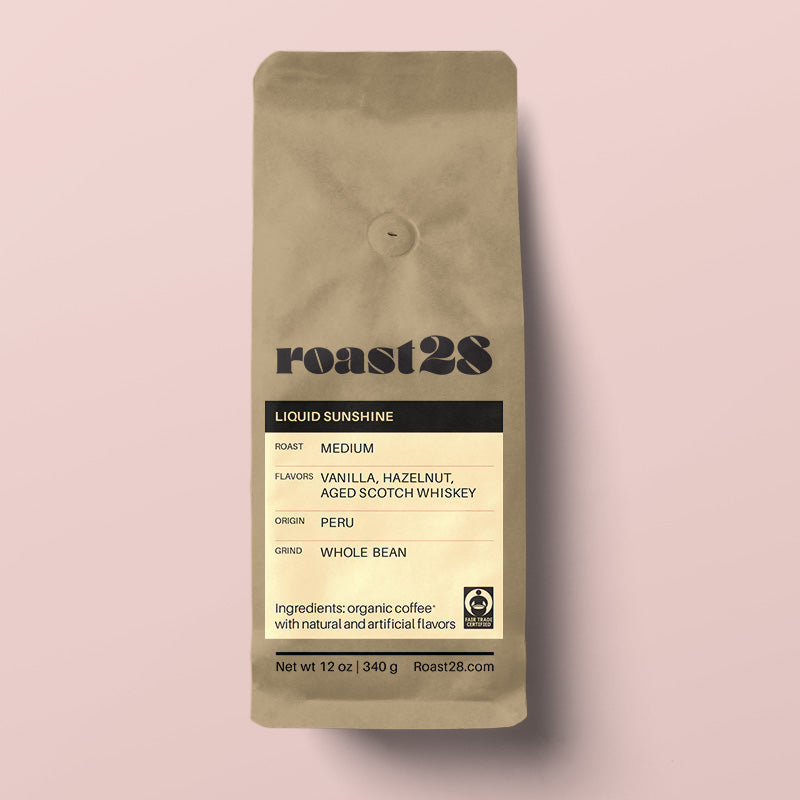Espresso Romano is a rich and intense coffee experience characterized by its bold flavor profile. The classic preparation involves a shot of espresso served with a twist of lemon peel, giving a citrusy brightness to the robust coffee base. The combination of the strong, concentrated espresso and the zesty hint of lemon creates a harmonious and invigorating taste that is both complex and satisfying.

How to make an Espresso Romano
It might seem fairly simple (and it is), but there are a few variations to try. An Espresso Romano is usually made with a Meyer or Sorrento lemon, has different approaches to rimming the lip of the glass, and a few variations in the amount of lemon used. Learn about these subtle differences and then experiment at home.

Meyer lemons
Meyer lemons originate from China and are sweeter, so they are often used in citrus-based desserts like soufflé or custard. Often described as a mix in taste between an orange and a lemon, they are less tart and possess some herbal and floral tones. The peel is quite thin and delicate and is also lovely peeled or curled as a garnish.

Sorrento lemons
On the other hand, Sorrento lemons are from Italy and have a slightly thick peel that is covered in oil glands. Sorrento lemons give off an impressive amount of essential oil and are commonly used in limoncello recipes. Their intense flavor and high concentration of juice make them ideal for summer beverages and bring a more intense aroma to the experience.

Choosing the right lemon
If you prefer a sweeter, milder lemon flavor with your coffee, go with a Meyer lemon and stir in a small spoonful of sugar. For a sharper, more vibrant citrus note, use the oil from a Sorrento lemon peel. Either type of lemon works well; it all depends on the flavor profile you’re aiming for.

Rim the lip of the glass
As mentioned, the Sorrento lemon is rich in natural oils and can be used to line the rim of the glass. Rub the peel (skin side down) around the rim of the cup or squeeze it into the cup before adding the coffee. Lemon juice may also be used, and the initial aroma adds brightness to the espresso, enhancing the enjoyment of the brew. If you're using a Meyer lemon, slide the lemon side along the rim before squeezing the juice into the cup.

How much lemon to use
The ideal amount of lemon for an Espresso Romano is a matter of personal preference, but a common practice is to use a thin twist of lemon peel. This allows the citrus oils from the peel to gently infuse the espresso without overpowering its robust flavor. Start with a small twist, and adjust according to your taste, ensuring that the lemon complements rather than dominates the rich and intense notes of the espresso.

Reducing bitterness
Lemon can play a crucial role in mitigating espresso bitterness by adding a contrasting layer of acidity and brightness to the coffee profile. The natural citric acids in lemon work to balance the strong and sometimes bitter notes in espresso, providing a more well-rounded flavor. When a twist of lemon peel garnishes an espresso, its essential oils contribute a nuanced citrus essence that enhances the overall taste. It also mellows the potential bitterness, resulting in a more enjoyable coffee experience.

Health benefits of lemon
Lemons are also a nutrient-rich fruit known for their health benefits. Packed with vitamin C, lemons can support the immune system, promote healthy skin, and aid in collagen production. The citric acid in lemons may also assist digestion by stimulating the production of digestive juices, contributing to overall digestive health. Additionally, lemons contain antioxidants that may help reduce inflammation and support cardiovascular health when incorporated into a balanced diet.

Brighten your day with an espresso twist
Drinking a quality espresso offers a concentrated dose of caffeine, providing a quick and invigorating energy boost. The addition of a twist of lemon peel not only enhances the flavor of an Espresso Romano but also introduces potential health benefits. The lemon aids with better digestion and provides a refreshing burst of vitamin C. Moreover, the robust and intense nature of citrus espresso can be a sensory delight, offering a satisfying coffee experience for those who appreciate bold flavors.




